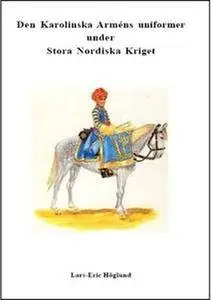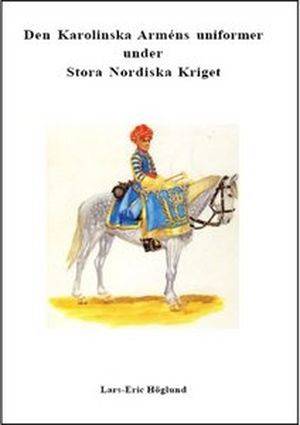Lars-Eric Hoglund - Uniforms of The Swedish Army in the Great Northern War
Acedia | 1996 | ISBN: 9197234117 | English | 61 pages | PDF | 68.21 MB
Acedia | 1996 | ISBN: 9197234117 | English | 61 pages | PDF | 68.21 MB
Forward, Or Why One Would Write Such A Book
The increase in serious interest in the era of Charles XII in the last few years is due in large part to the books of Peter Englund and Alf Åberg. On the other hand, for those who wish to study the uniforms of the period in greater depth, the offerings are somewhat limited. The recommended works in Swedish are first and foremost Bellander's, "Dräkt och uniform", Åberg and Göransson's, "Karoliner, and Gripenberg's, "Finsk Krigsmannabeklädnad. However, these only deal with the Swedish and Finnish indelta regiments, as well as the Livgardet and Artillery. The värvade units in the German provinces are described in two excellent volumes by Georg Tessin, "Die Deutschen Regimenter der Krone Schweden; however, all of the his uniform information is not correct. In the last couple of years a number of English and American booklets on the Swedish Army in the Great Northern War have appeared. Unfortunately, they all have the same things in common. They are carelessly produced and full of errors. Finally, uniform information is lacking on the garrison units in Sweden and the Baltic, as well as information on all of the temporary and värvade regiments raised during the war, except perhaps for a footnote in some regimental history. A large part of earlier published information now appears to be unsupported by the facts which one finds in the General Muster Rolls for the specific units. For the benefit of those who are interested in uniforms, in particular those brave souls who paint military miniatures, I have been encouraged to publish my notes. This I do with a certain hesitation. Seen from the economic and technocratic perspective of our stress filled age with its blind demand for effectiveness and profitability, such a book as this is in all honesty unjustified. On the other hand, it has been extremely satisfying to have written it. One thing or another in the book is in direct opposition to earlier published information and traditional views. I take this risk. People who do such research are not to be trifled with. Nevertheless, as far as I have be able to interpret the muster rolls, accounts, reports, orders and other documents, my uniform information is reliable. In questionable cases, it is at least highly probable. I hope readers profit from what I have produced. I would also like to thank Sören Henriksen of Roskilde in Denmark and Marc Grieves who has done the beautiful illustrations, together with Leif Törnquist , Anders Thornström of the Krigsarkivet and Jean Claesson who have contributed some valuable uniform information, and last, but not the least; my warmest thanks to Dan Schorr of Harrison, Maine, who have done a superb and very fluent translation of my book into English!
Karlstad, July 1996, Lars-Eric Höglund



